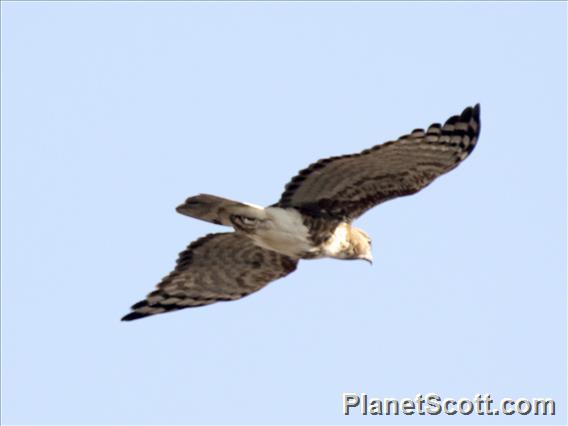Madagascar Cuckoo-Hawk (Aviceda madagascariensis)

Madagascar Cuckoo-Hawk (Aviceda madagascariensis)
×


Madagascar Cuckoo-Hawk (Aviceda madagascariensis)
About Madagascar Cuckoo-Hawk (Aviceda madagascariensis)
- Kingdom: Animals
- Phylum: Chordates
- Class: Birds
- Order: Hawks, Eagles, Kites, and Allies
- Family: Hawks, Eagles, and Kites
The Madagascar cuckoo-hawk, also known as the Madagascar baza or the Madagascan cuckoo falcon, is a species of bird of prey in the family Accipitridae. It is endemic to Madagascar.
Source: Wikipedia
Trips
Visits
-
2017-11-02
Ifaty, Madagascar

